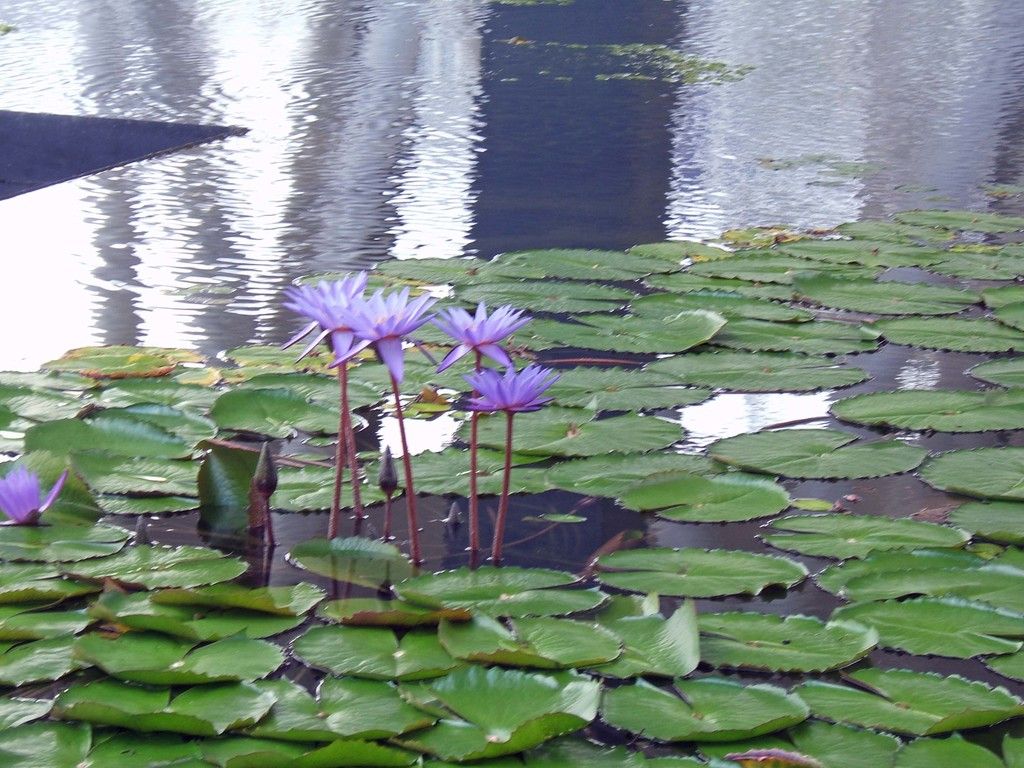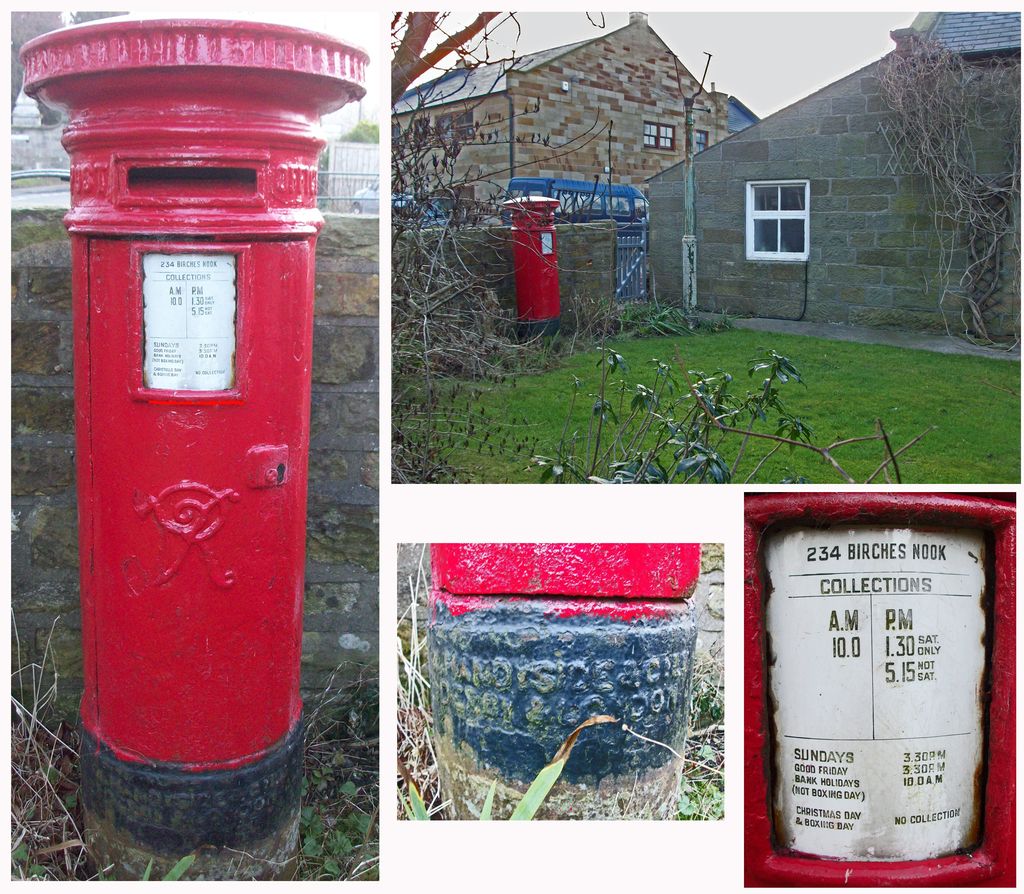Lily of the Valley: A Charming yet Tricky Groundcover
Guide on Cultivating Lily-of-the-Valley for Fragrant Spring Flowers that Thrive in Dim Light Conditions
Lily of the valley, or Convallaria majalis, is a delightful, fragrant flower that blooms in the early spring. Its petite white bell-shaped blooms add a touch of magic to any woodland garden and are a popular choice for shaded areas. However, if you're thinking about adding this old-fashioned flower to your garden, you should be aware that it can be a double-edged sword.
The Magic of Lily of the Valley
Lily of the valley plants grow best in partially shaded to fully shaded areas and require consistently moist soil. You'll be rewarded with a carefree plant that forms a spreading mass of medium-bright green leaves and tiny, white, nodding bell-shaped flowers. After flowering, red seed pods remain, adding to the plant's charm long after the blooms have faded.
Though generally easy to grow, one drawback is that lily of the valley plants are invasive. They can quickly take over a garden if not kept in check. Growing them in containers can help prevent this issue. Another concern is their toxicity. All parts of the plant are poisonous, so if you have pets or children, it's essential to plant them where they can't reach them.
Care for Your Lily of the Valley
Planting lily of the valley is usually done in the fall. This allows for the development of a robust root system during the cooler months, followed by a period of dormancy through winter that sets the stage for a robust start in the spring.
When it comes to caring for lily of the valley, propagation and division play an important role. As the plants grow, they create dense colonies that may become overcrowded. When this happens, dig up and divide the plants to rejuvenate them. The best time to do this is in November or December.
Pests and Problems
Lily of the valley seldom has serious issues with insects. Common pests include aphids and spider mites, but most infestations are easily treated. If you notice a sudden change in the plant's leaves, particularly a decline in their ornamental quality, it may be a sign of disease. Common lily of the valley diseases include leaf spot and blotch.
Is Your Lily of the Valley Poisonous?
While lily of the valley is beautiful, all parts of the plant are toxic. So, if you're considering adding it to your garden, be sure to choose an area that is out of reach for children and pets.
Varieties to Consider
There are only a few named lily of the valley varieties for gardeners to choose from. Common types can be found at most home and garden centers, although specialty varieties with double blooms or shades of pink can also be found. Here are a few options to consider:
- 'Albostriata' - This type has dark leaves with white to cream longitudinal stripes.
- 'Aureomarginata' - This variety has cream to yellow-edged leaves.
- 'Rosea' - A pink variety, not as vigorous as the white-flowered species but very pretty.
If you're thinking of purchasing lily of the valley plants, keep in mind that our platform's plant inventory is limited. If you like what you see, don't wait to buy.
Shade-Loving Plants to Complement Your Lily of the Valley
If you're looking to create a woodland garden, explore our platform's selection of perennials for shade. These shrubs, ferns, and flowers will look right at home next to your lily of the valley plants. Start growing the most beautiful woodland garden ever!
Growing Lily of the Valley in Containers
To prevent invasiveness when growing lily of the valley in containers, choose pots that are large enough to accommodate root growth but are contained to prevent spreading. A container bout 12-18 inches in diameter is appropriate. Use moist but well-drained soil enriched with compost or leaf mould to replicate their preferred woodland soil conditions. Place pots in partial or full shade, ideally in a cool, damp spot away from direct sunlight. Water well after planting and keep soil consistently moist for the first few weeks. After establishment, water regularly during dry spells using rainwater if possible. Apply a mulch layer such as leaf mould around the base in autumn to conserve moisture and protect roots. Dividing plants every few years and removing excess rhizomes helps control spreading. Growing lily of the valley strictly in containers prevents them from spreading unchecked in the garden, and it's especially recommended for small gardens to contain growth.
Lily of the valley, a popular choice for home-and-garden enthusiasts interested in home-and-garden projects and gardening, can be a charming addition to any shade garden. However, it's essential to grow these plants in containers to prevent them from becoming invasive andto keep them out of reach of pets and children, as all parts of the plant are poisonous.




